Dog care isn’t just about food and walks—it’s about giving your furry friend the healthiest, happiest life possible with the right tips and attention.
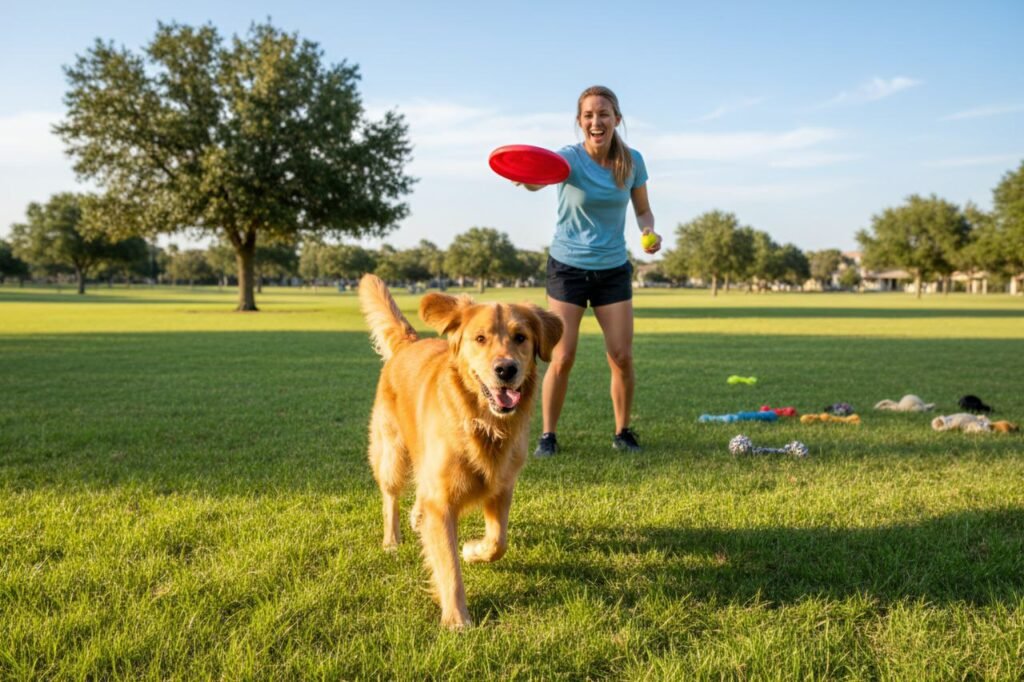
Looking to give your furry friend the happiest, healthiest life possible? Whether you’re a new pet parent or a seasoned dog lover, these tips cover everything you need to know — from grooming and diet to emergency care and dealing with the loss of your best friend.
1. How to Keep Your Dog Happy and Healthy Every Day

- Take your dog for regular vet check-ups — once a year is a must.
- Watch their weight and body condition. Chubby may be cute, but it’s not healthy!
- Mental stimulation is just as important as physical — think toys, training, and playtime.
- Stay on top of flea, tick, and worm prevention all year round.
- Make sure your dog has a calm, cozy space to relax and feel safe.
2. Grooming Tips That’ll Make Your Dog Look (and Feel) Amazing

- Brush often to avoid mats and remove loose hair.
- Use a gentle, dog-friendly shampoo every month or two.
- Trim fur around the eyes, paws, and potty areas for hygiene.
- Grooming is a great time to check for lumps, bumps, or ticks.
- Curly-coated breeds? Leave it to the pros for best results.
3. Brushing Your Dog’s Teeth? Here’s How to Do It Right
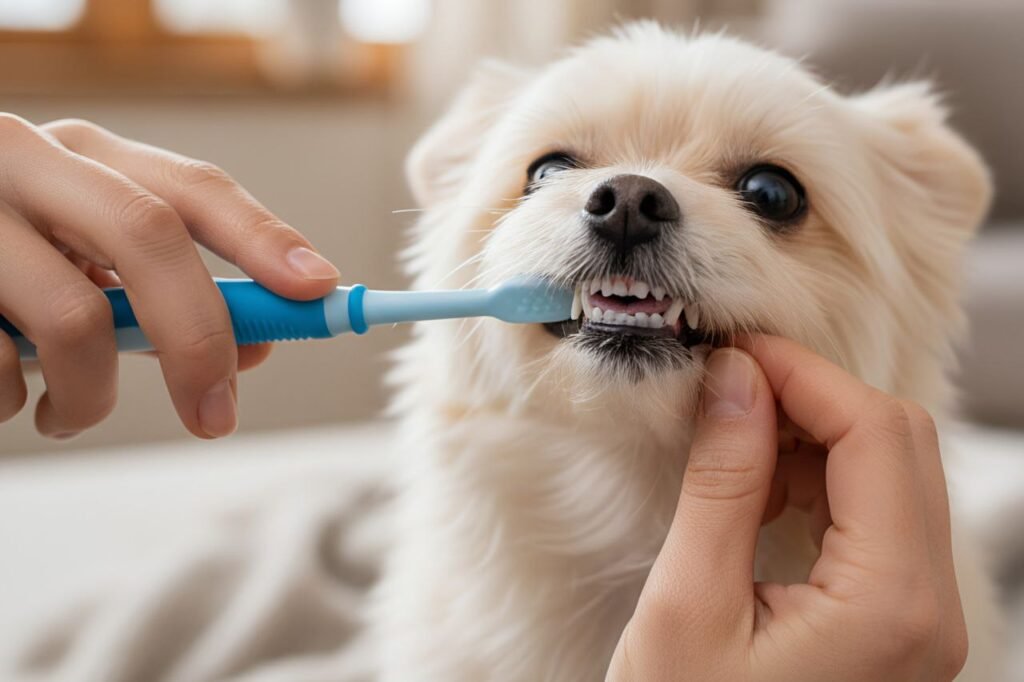
- Only use toothpaste made for dogs — human toothpaste can be dangerous.
- Go slow and let your dog get used to the brush.
- Use small circular motions around the gumline.
- Brush 2–3 times a week to prevent dental issues.
- Dental chews and water additives can also help keep breath fresh.
4. Eyes, Ears, and Nails: The Often-Ignored Trio
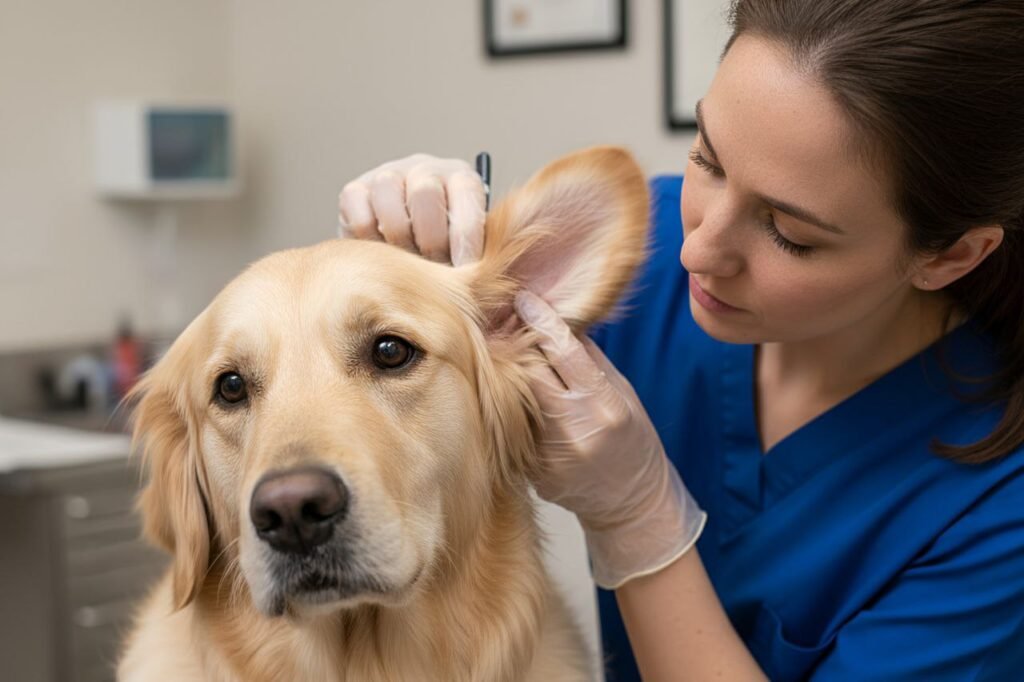
- Gently clean around the eyes to remove any gunk.
- Check your dog’s ears weekly for odor, redness, or wax.
- Clean ears with a vet-approved solution (no cotton swabs, please).
- Trim nails every few weeks — long nails can be painful!
- Be extra careful not to clip into the “quick” inside the nail.
5. Fleas and Worms: The Tiny Terrors You Must Fight
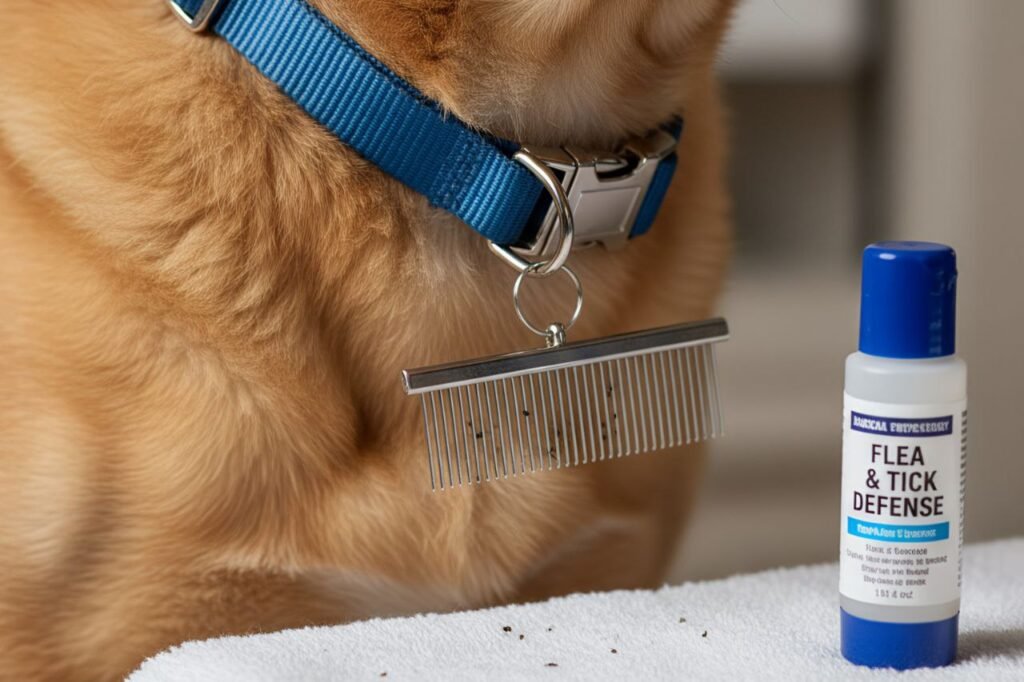
- Use monthly preventatives — spot-on treatments, pills, or collars.
- Deworm your dog every 3 months or as advised by your vet.
- Wash bedding and vacuum floors regularly to stop re-infestation.
- Look out for scratching, scooting, or visible bugs.
- Suspect trouble? See a vet fast — early treatment is key.
6. Dog Vaccines: What They Need and Why It Matters
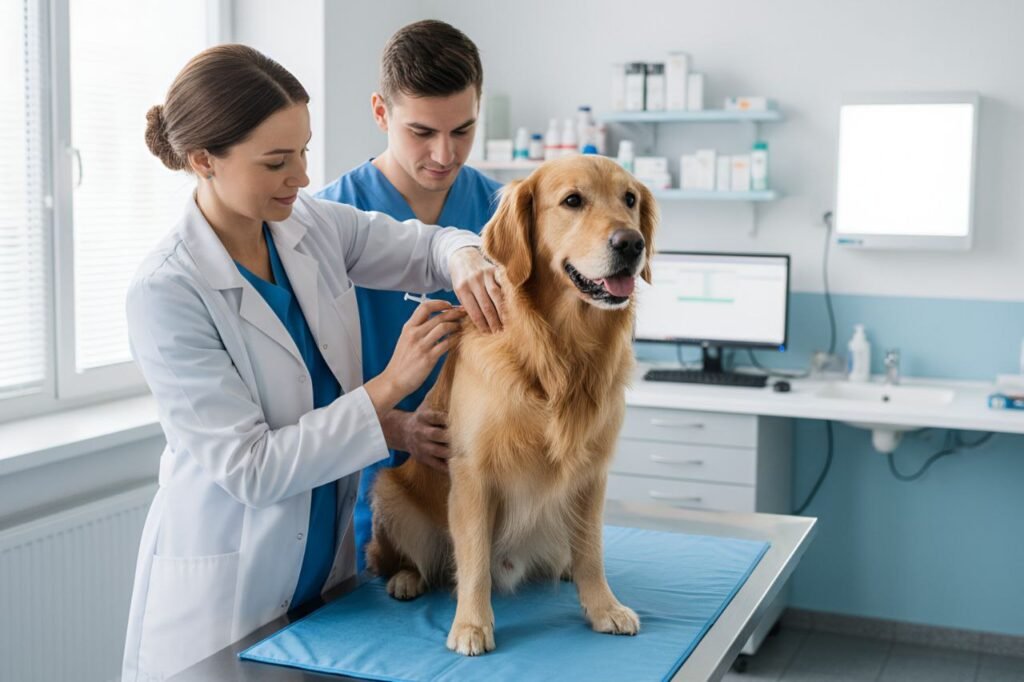
- Core vaccines protect against deadly diseases like rabies and distemper.
- Non-core vaccines (like for kennel cough or Lyme disease) depend on where you live and your dog’s lifestyle.
- Puppies start their shots around 6–8 weeks.
- Stay on schedule with boosters — they keep immunity strong.
- Keeping your dog vaccinated protects other dogs too!
7. Limping? Don’t Panic, But Don’t Ignore It Either
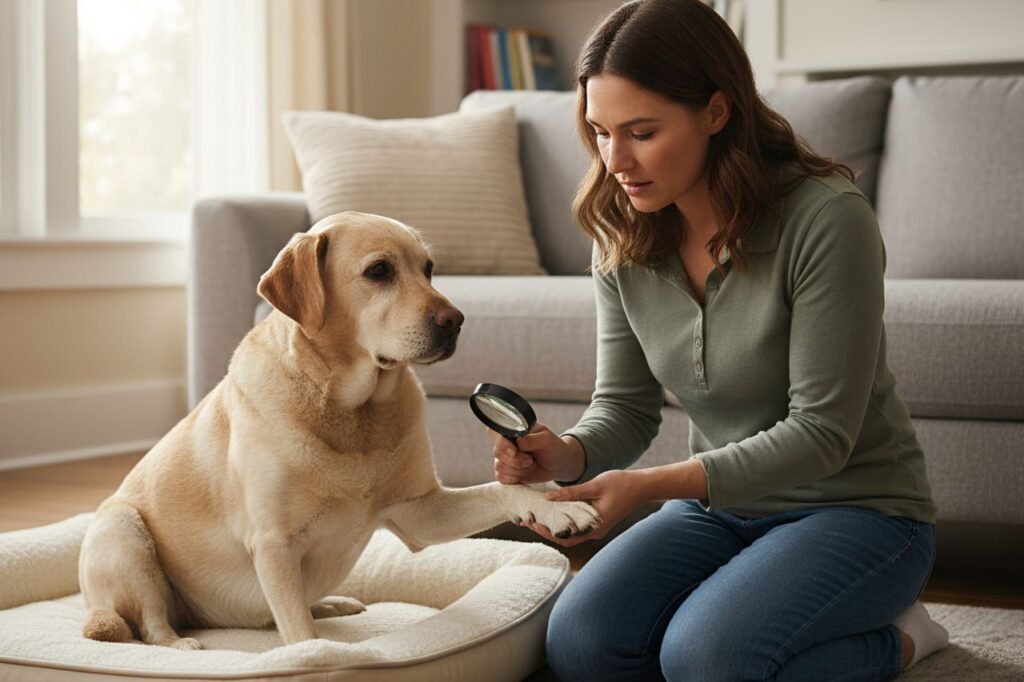
- Check paws for thorns, cuts, or swelling.
- Keep your dog rested and avoid walks until you know what’s wrong.
- A cold compress can help reduce swelling.
- Never give human meds — some are toxic to dogs!
- If the limp lasts more than 24 hours or gets worse, head to the vet.
Also read: Top 6 Low Maintenance Dogs That Are So Easy to Care For You Will Wonder Why Everyone Doesn’t Own One
8. How Much Exercise Does Your Dog Really Need?
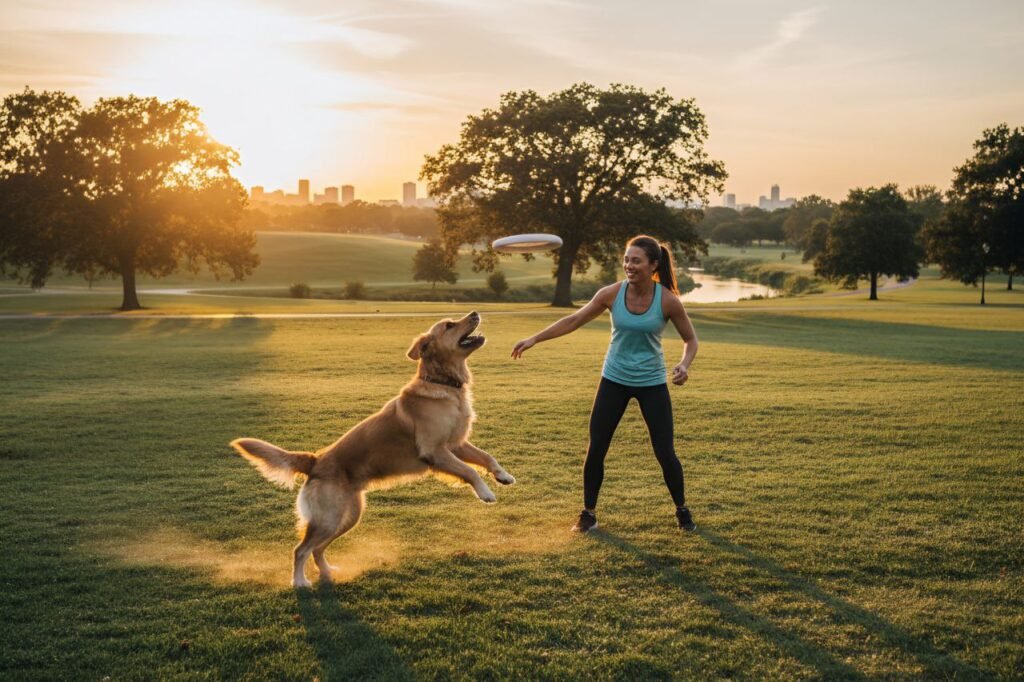
- All dogs need daily exercise — walks, fetch, or even training games.
- Adjust based on breed and age: a pug and a border collie have very different needs.
- Mental games like puzzle toys keep them sharp.
- Hot day? Skip the long walks and stay cool indoors.
- Regular exercise = better mood, less barking, and fewer chewed-up shoes.
9. Feeding Your Dog: What’s on the Menu?
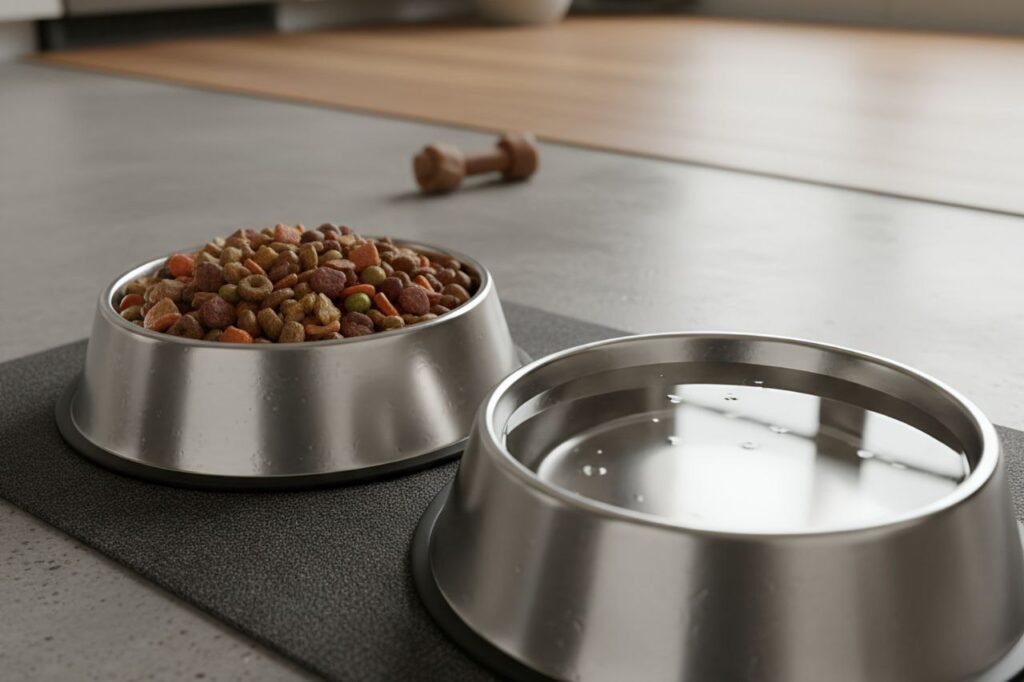
- Choose a quality dog food that suits your pet’s age, size, and activity level.
- Stick to measured portions — don’t eyeball it.
- Always have fresh water available.
- Treats are fine, but keep them under 10% of their daily intake.
- Skip the table scraps — human food can upset their stomach or be toxic.
10. Caring for Your Senior Dog Like a Pro
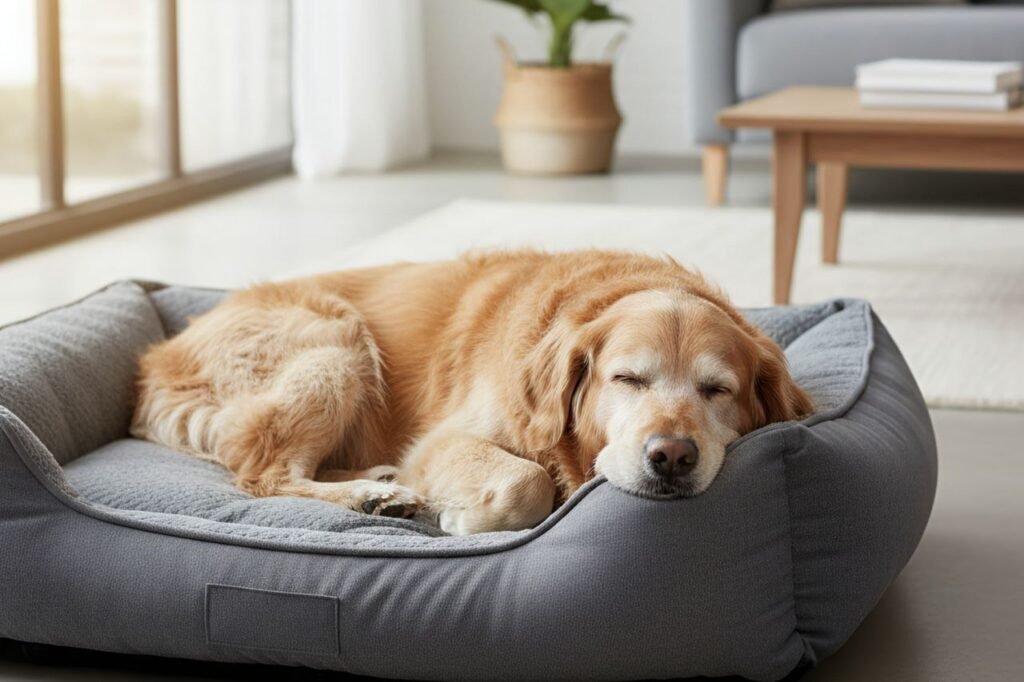
- Older dogs may need food tailored to their age or health issues.
- Visit the vet twice a year to catch age-related problems early.
- Keep walks gentle but consistent to maintain mobility.
- Orthopedic beds make a big difference for achy joints.
- Watch for signs of arthritis, confusion, or appetite changes.
11. Never Feed Your Dog These Dangerous Foods!
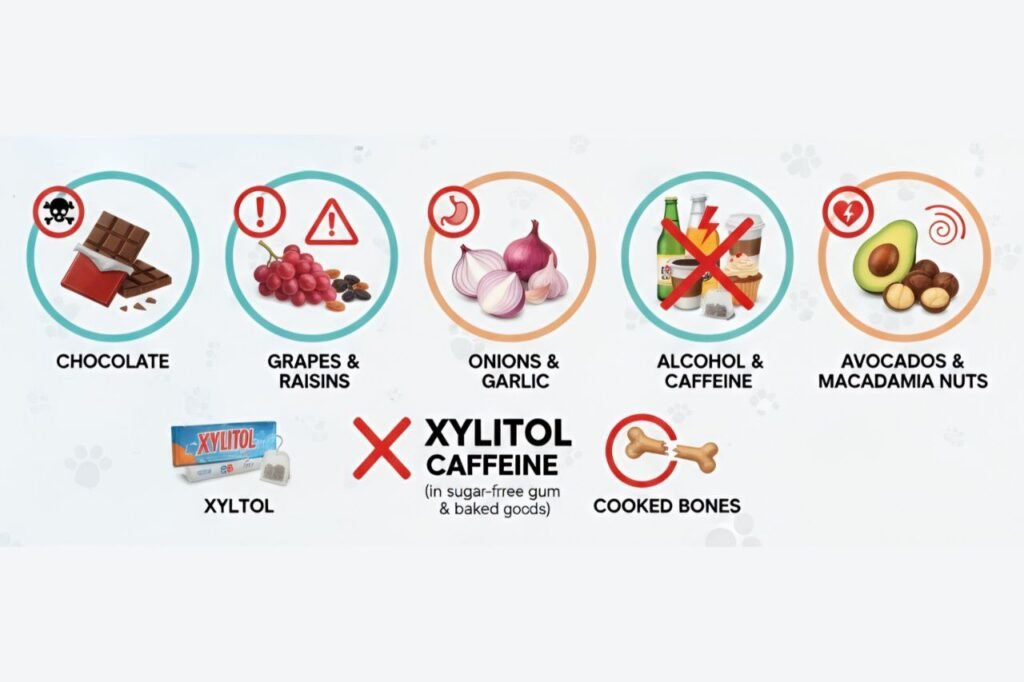
Some human favorites can be deadly for dogs. Avoid:
- Chocolate
- Grapes and raisins
- Onions and garlic
- Xylitol (in sugar-free gum and baked goods)
- Alcohol and caffeine
- Cooked bones
- Avocados and macadamia nuts
Call your vet immediately if your dog eats any of these.
12. Going on Holiday? Don’t Forget These Dog Travel Tips
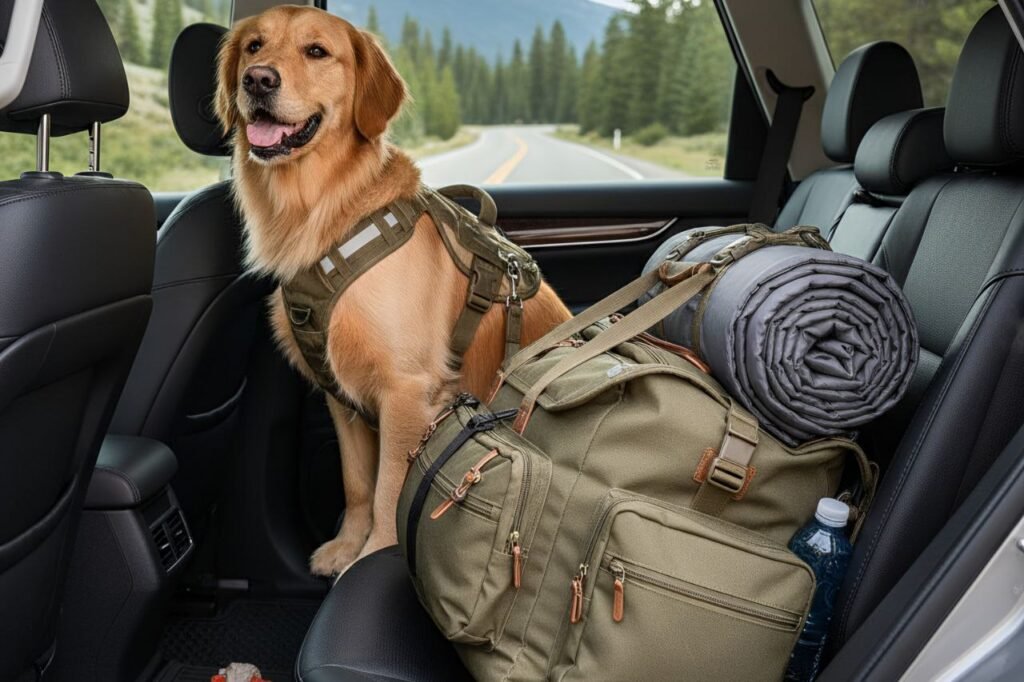
- Choose between a boarding kennel, pet sitter, or leaving them with a trusted friend.
- Always check the place beforehand if boarding.
- Ensure vaccinations are up to date.
- Pack their food, toys, meds, and something familiar like a blanket.
- Taking them with you? Look for pet-friendly stays and plan plenty of rest stops.
13. Losing a Dog: How to Cope with the Pain
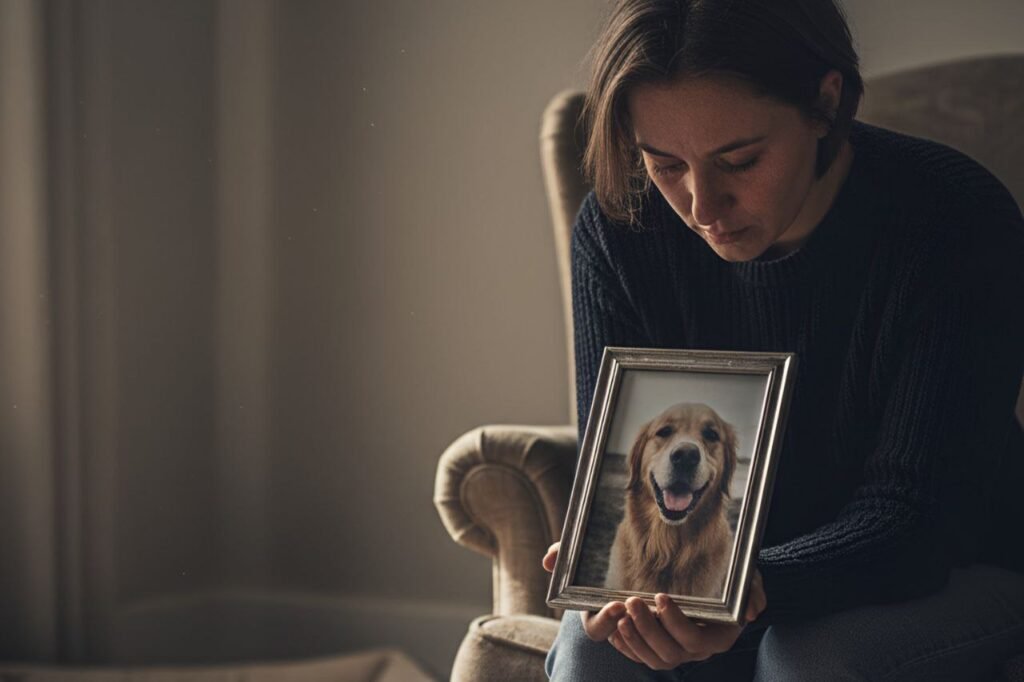
- It’s okay to grieve — losing a pet is like losing family.
- Share stories with friends or online pet groups who understand.
- Create a memory album or keepsake to honor your dog.
- Don’t rush to get another pet — take your time to heal.
- If the grief feels overwhelming, don’t hesitate to seek help.
Also read: What are the best daily dog care tips for keeping a dog healthy and happy?
At the heart of it all, dog care is about more than meeting basic needs—it’s about building a life full of trust, joy, and love. From proper grooming and exercise to vaccinations and emotional support, every part of dog care plays a role in your pet’s well-being. Whether you’re just starting out or have years of experience, there’s always something new to learn about dog care.
Remember, consistent dog care creates a deeper bond between you and your furry companion. And when in doubt, never hesitate to ask your vet for advice—because when it comes to dog care, being informed is the best way to keep those tails wagging.

